How the BBC's Gentleman Jack sparked global awe of Yorkshire rebel Anne Lister and Shibden Hall
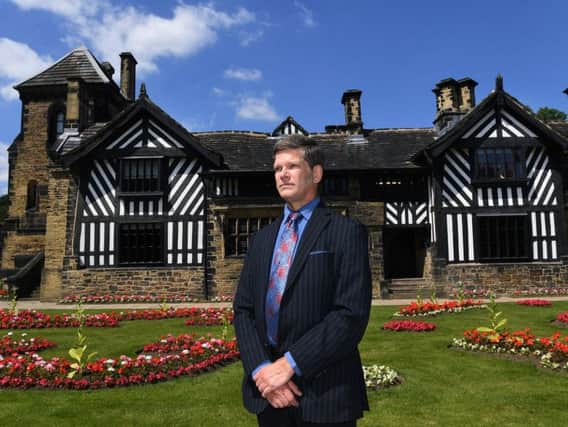

As the opening series of Sally Wainwright’s show draws to a close on the BBC tonight, those who have worked for years in Yorkshire to promote the legacy of show’s protagonist, Anne Lister, have told how interest has bloomed since the programme began broadcasting.
Advertisement
Hide AdAdvertisement
Hide AdVisitors to Shibden Hall in Halifax - both the filming location and, for 25 years, the real home of landowner, businesswoman, traveller, mountaineer and “first modern lesbian” Miss Lister – have more than trebled since Suranne Jones transformed her legend into a modern screen heroine.
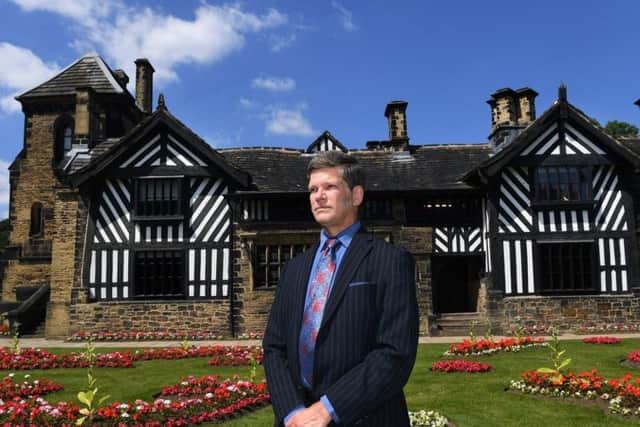

Richard Macfarlane, museums manager at Calderdale Council, grins widely in front of the hall’s decorative lawns as he tells The Yorkshire Post how the show has boosted the fortunes of the site, and of the district generally.
“Halifax is most definitely a destination these days. We’ve had visitors coming from all over the world. Lots coming from America because Gentleman Jack was on HBO.
“Very early on we had a lady contact us and after episode three had aired in America, she said: ‘I’ve seen three episodes of Gentleman Jack, I’m getting on the next plane and I’m flying out to see Shibden’. We thought, yes of course you are. That week, she turned up. So she did - she got on the next plane and flew here and visited.”
Advertisement
Hide AdAdvertisement
Hide AdOn a good day Shibden Hall used to get around 150 visitors, but this has increased to something more like 300 to 400 in recent weeks.
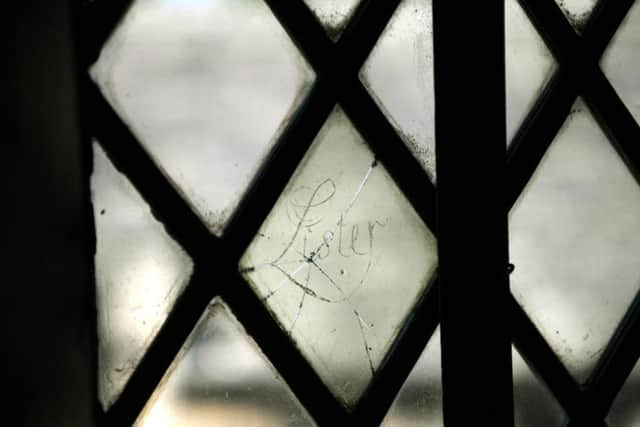

Mr Macfarlane said: “Gentleman Jack being on the television has had a massive effect on Shibden. Our visitor numbers have increased by more than three times, we’re now very, very busy. We want to encourage people to keep coming to the hall, obviously, but also to be aware that we are busy and that there maybe queues.
“It’s great to see so many people in the house, enjoying Shibden Hall so much, going through the lovely interiors that we have got here, and also the courtyards.
Advertisement
Hide AdAdvertisement
Hide Ad“Lots of people are also going to see the other locations that were in the filming such as Halifax Minster, the parish church and also looking for smaller locations like, whereabouts is the bridge that the carriage goes over? We can point them to those locations as well.”
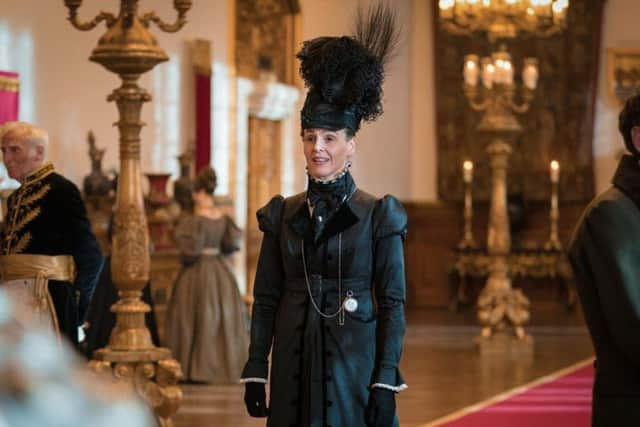

But such high-profile filming projects - this one took place over 17 weeks last year – do cause anxiety for heritage workers.
“Sally had always wanted to do a series about Anne Lister and that sort of thing doesn’t just happen overnight,” said Mr Macfarlane.
“You need to build a lot of trust between filming companies and the sites. With a historic building, our job is to look after things and protect it for future generations. We want to take care of all the objects in it and the rooms so they are there for future generations.
Advertisement
Hide AdAdvertisement
Hide Ad“Film companies coming in tends to worry people who run sites like this, thinking that they’re going to have smoke machines, that they want to light the fires, have candles burning down the corridor, people jumping in and out of beds and all sorts of things like that.”
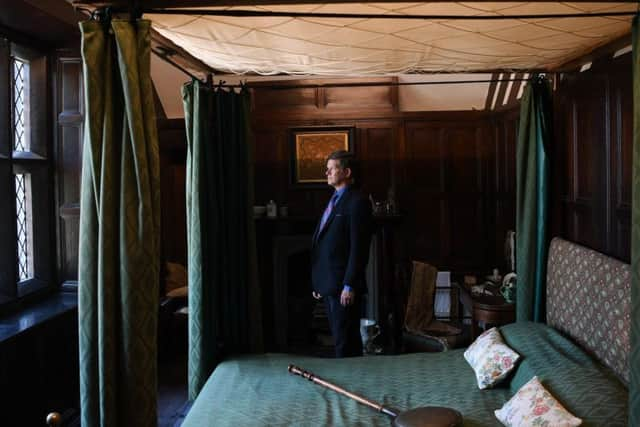

However the museums department had worked with production company Lookout Point previously on West Yorkshire-born Wainwright’s To Walk Invisible, a film about the Brontë sisters.
The splendour of the hall, which dates back 600 years, is one fostered by Miss Lister herself. And in no sense can it be considered shabby, as her character suggests in episode one.
Though she did not live to see it - she was born in 1791 and died in 1840 in Georgia - the hall’s tower on the far side was built at the direction of Miss Lister.
Advertisement
Hide AdAdvertisement
Hide AdAfter she took it over, part of the ceiling was taken out and panelled, fireplaces were installed and her initials placed over the entrance to the staircase.
She could be thrifty, though, as volunteer steward Christine Booth, 81, explains.
“The barley sugar railings you see, if you look going up the stairs you’ll notice they aren’t quite as elaborate. If I can say, she was a Yorkshire lass, and she was saving a bob or two.”
One curious imperfection can be found in an upstairs bedroom, where the name ‘Lister’ has been ornamentally scraped into a glass window panel - by whom, it is not known.
Advertisement
Hide AdAdvertisement
Hide AdThis is all part of the intrigue Miss Lister and her story have sparked, more so now than ever after the show has aired.
Miss Lister’s four million words of diary entries were written in a code which she invented, some of it mundane, but much of it not.
First-time visitor Janice Douglas, 66, from London, said: “To actually do the travelling, the lifestyle, just sort of take on men, really - very powerful men in what was very much a man’s world – I think it’s really quite inspiring.”
A rainbow plaque in her memory is placed at Holy Trinity Church, York, here she married Ann Walker, and she has been widely described as first modern lesbian.
Advertisement
Hide AdAdvertisement
Hide AdAnother visitor, Eileen Narain, 69, of Clitheroe, said: “It’s the fact that she didn’t really try and hide her lesbianism. I mean, she was discreet about it, but she isn’t try to hide it. That’s very powerful for women, it’s very empowering.”
Though for a long time against the social norm, female homosexuality was never actually targeted by legislation, according to a British Library history of LGBT rights, but it was discussed for the first time in Parliament in 1921 with a view to introducing a discriminatory law. This failed when both the House of Commons and House of Lords rejected the idea due to the fear that it would draw attention and encourage women to explore homosexuality.
The BBC has confirmed that a second series of Gentleman Jack is in the works, and if Mr Macfarlane’s perspective is to be believed, the demand will not dim any time soon.
He said: “I think a lot of people are interested in Anne Lister because she was such a unique person.
Advertisement
Hide AdAdvertisement
Hide Ad“Even at the time she didn’t conform to the norm and I think a lot of people identify with that today, even though the norm is different now than it was then.
“The fact that she was something of a rebel, she very much knew her own mind and knew her own heart - and she followed it.”